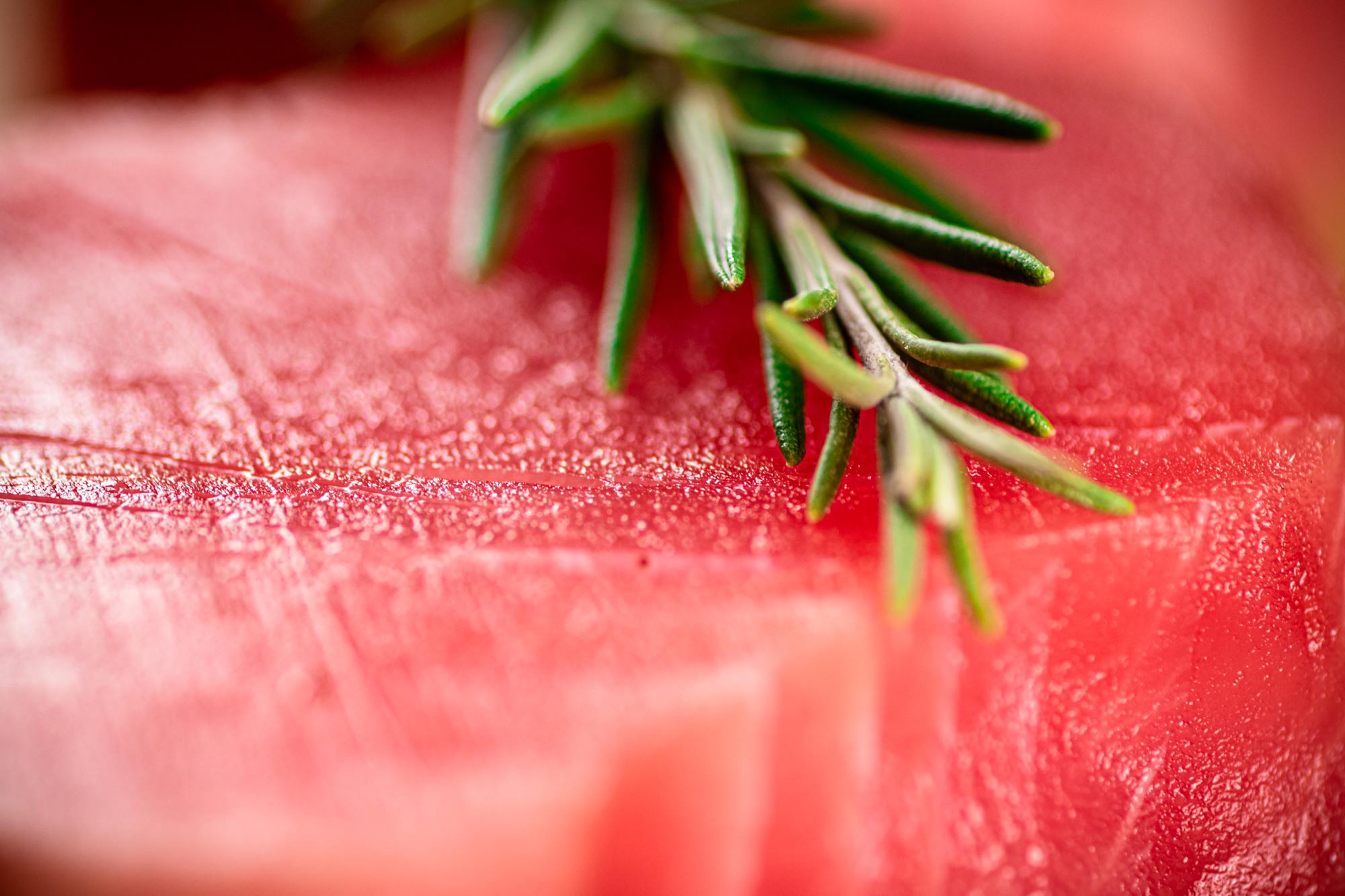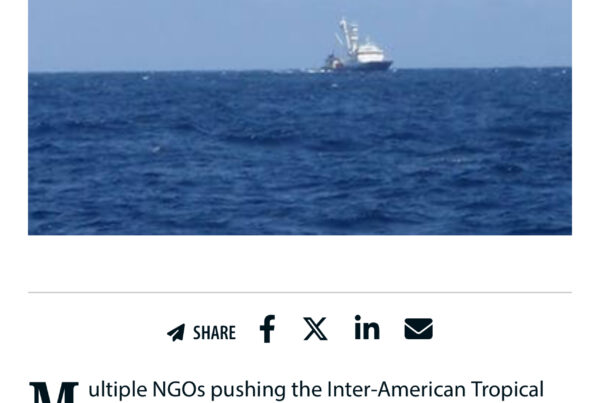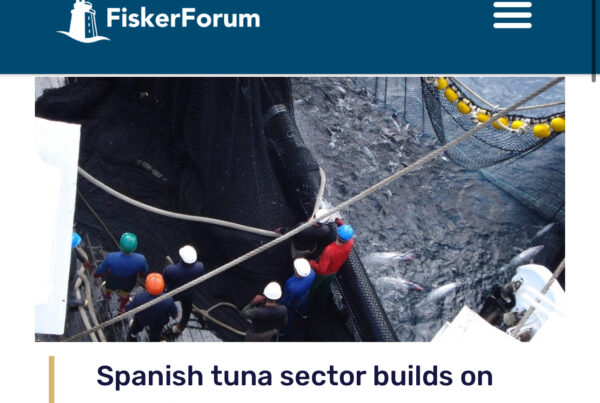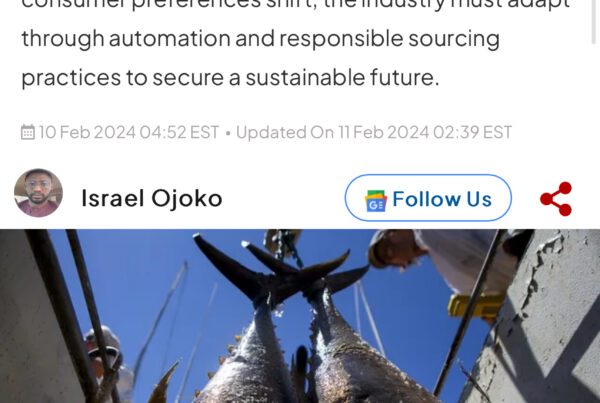Over the years, the tuna shelf at the grocery store has gone from stacks of that familiar blue and white labeled tin with a name fit for a jar of honey, to a whole section. Everything from fish packed in high-quality oils to low-sodium levels to gourmet tinned variations to pouches has taken over the aisle. That familiar can from childhood shares space with a myriad of variations of the lunchbox staple.
Along with those new tinned and jarred varieties has come an onslaught of new labels to decipher. One of the labels eco-conscious consumers pay attention to is the method by which the fish was captured. Tuna has seen a sharp decline in population, and the traditional methods of catching them result in quite a bit of harmed and wasted marine life as well as pollution to our oceans. Dolphin-safe gets thrown around quite a bit but offers no insight into the sustainability of the brand of tuna.
Troll-caught tuna is a sustainable method and worth keeping an eye out for on labels. What exactly is it, and how does it differ from other tuna fishing techniques?



